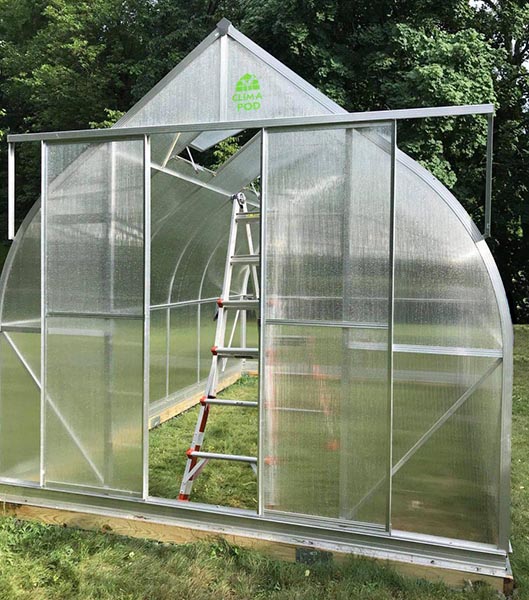Limited Area Gardening
Where garden space is very limited (small space gardening), consider wide-row planting of vegetables. Wide-row planting is simply a matter of broadcasting seeds in bands anywhere from 10 in. to 3 or more feet wide instead of a single band on each row. With the wide row system, more square feet of garden space is actually producing vegetables and less space is left for cultivation between the rows. With this method, production will usually more than double.
Crops that will do well in Wide-Row Planting
| Small Seeds | Large Seeds and Transplants |
|---|---|
|
|
There are several ways to adapt garden vegetable production to limited areas. One way to use space for more intensive production is interplanting or companion
cropping. Plant tomatoes, peppers, eggplant or okra between rows of early cool-weather crops. The early crops will mature and be out of the way before the later crops would be crowded.
Some vegetables require less space than others. The following vegetables make small plants and can be closely planted in the row (the rows may be from 12 to 18 in. apart): radishes, lettuce, spinach, mustard, beets, onions, turnips, bush snap beans and bush lima beans.
Sweet potatoes, melons, cucumbers, squash, pole beans and southern peas require more space. Desirable spacing between rows for these vegetables should be from 30 to 40 in. or more. Those intermediate in space requirements are cabbage, collards, Irish potatoes, tomatoes, peppers and eggplant. Distance between rows for these crops may vary from 24 to 30 in.
Containers such as plastic or clay pots, wooden boxes or baskets, tin or plastic buckets or pails and metal cans could be used for mini-gardens. Leaf lettuce, radishes and onions could be grown in these types of containers. You can use a larger containers with one or more gallon capacity for single plants of tomatoes, peppers or eggplant.

Water can be applied by sprinkling or by running water in furrows near the plant rows, in the center between the rows, or through porous or trickle irrigation hose. Whatever method is used, take care not to over water. Too much water displaces oxygen from the soil atmosphere and can cause damage to the roots.
Trickle irrigation systems have provided an innovative way to water a garden with a minimum amount of water. Several manufacturers make trickle irrigation tubing suitable for the home garden for a modest cost. A system with a tube down each row is ideal and provides the best performance.
Since splashing irrigation water can spread plant disease and cause bacteria and fungi, apply the water to the soil surface without wetting the leaves. If you use sprinkler type irrigation equipment, apply the water early enough in the day so the plants can dry thoroughly before night.
Successive Planting
Some vegetables have a short harvest season. If only one planting is make, these vegetables will be available for a limited time. Two or three plantings of these crops may be made a week or 10 days apart. This gives a much longer harvesting period. Some of the crops that have a short harvest period are radishes, leaf lettuce, spinach, bush snap beans, green onions and sweet corn.
All Year Round Gardening
You can significantly extend the gardening period or grow plants all year round in the greenhouse. In the greenhouse, you can create and maintain any conditions your plants need, regulate temperature, humidity, light, etc (read our blog for more information). It allows you to collect several harvests a year!






